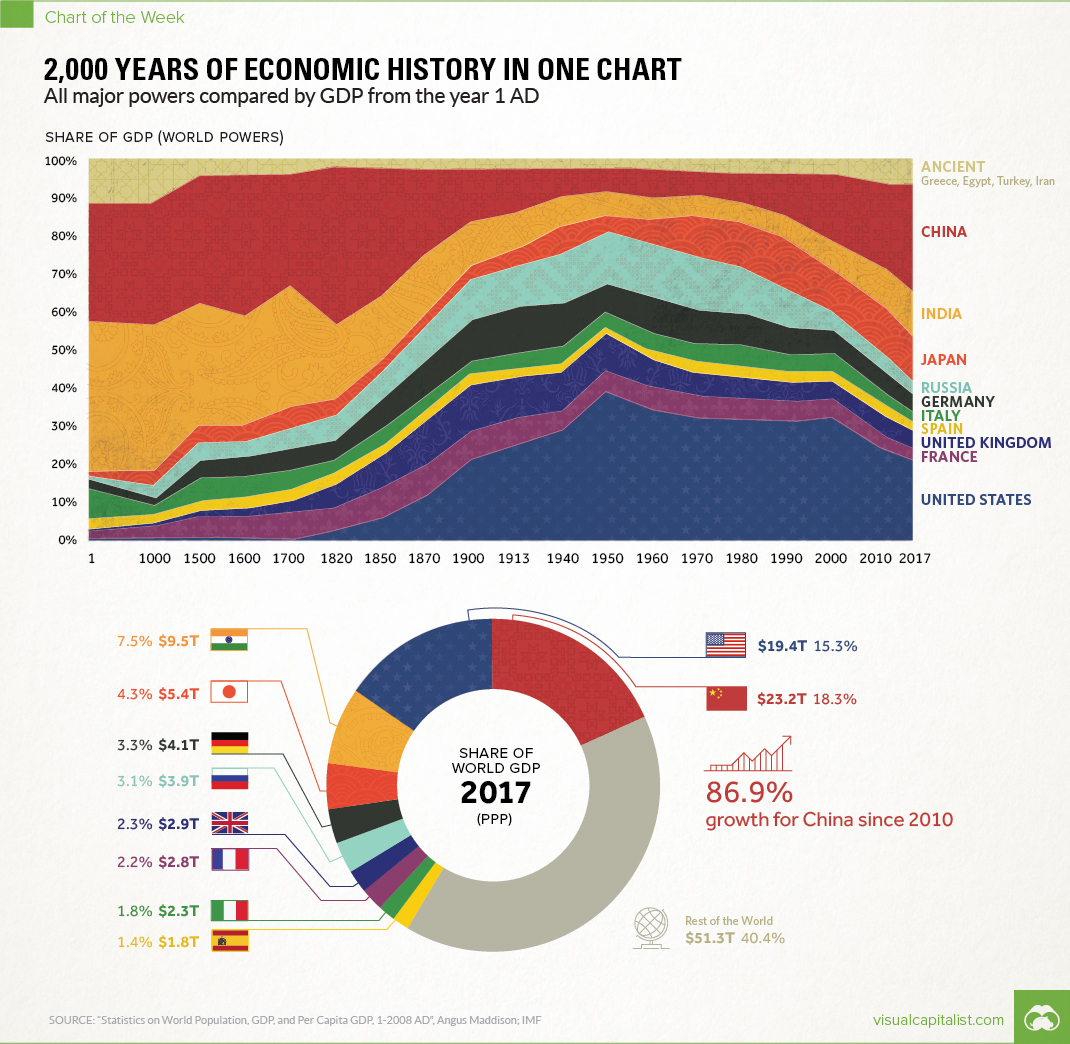cross-posted from: https://lemmit.online/post/5962668
This is an automated archive made by the Lemmit Bot.
The original was posted on /r/todayilearned by /u/kalni on 2025-05-31 20:36:01+00:00.
Fuck the British
Well, I am hoping the current generation of Europeans (yes and british) don’t feel embarrassed at what their ancestors did, but actually learn from their terrible history. Even a simple apology will go a long way.
Also listening to empire history podcasts, nothing has actually changed, captialist vs the plebs is still on going to this day. [Points at everything]
Colonialism is not taught in Britain. So I don’t think they plan on anything good.
It isn’t taught because they feel it was worth it and would still have an empire today if they could.
The West goes on and on about its moral superiority when the truth is its entire social structure is predicated on white supremacy, labour exploitation and the destruction of nature. Unfortunately the entire world will have to suffer for that, even if the benefits have only been experienced globally over the past few decades.
A lot of young white men in Western countries are turning to fascism because they feel that they’ve lost privilege relative to their fathers.
What does the future hold? Only time will tell. One thing we do know is that every superpower falls eventually.
As a Dane, I’m really fucking embarrassed about our ancestors contributions to the global slave trade.
I will also learn from their mistakes, and promise to never trade any slaves.
I’m embarrassed.
I was recently at the Michelin tire museum in France and there were literally zero references to the history of rubber harvesting and the brutal colonialism that propped it up. Only rosy depictions of ingenious French inventors. It was disgusting.
Reparations.
What happened, India?
The Great Divergence. China was also up there alongside India for many centuries. Europe was a backwater.
https://www.visualcapitalist.com/2000-years-economic-history-one-chart/
https://lemmy.today/pictrs/image/e89435dd-fa66-4eaa-bc9a-fb97c5053d77.jpeg

Note that the time axis on the chart above is not linear.
https://en.wikipedia.org/wiki/Great_Divergence
The Great Divergence or European miracle is the socioeconomic shift in which the Western world (i.e. Western Europe along with its settler offshoots in Northern America and Oceania[2]) overcame pre-modern growth constraints and emerged during the 19th century as the most powerful and wealthy world civilizations, eclipsing previously dominant or comparable civilizations from Asia such as Qing China, Mughal India, the Ottoman Empire, Safavid Iran, and Tokugawa Japan, among others.[3]
Scholars have proposed a wide variety of theories to explain why the Great Divergence happened, including geography, culture, institutions, and luck.[4] There is disagreement over the nomenclature of the “great” divergence, as a clear point of beginning of a divergence is traditionally held to be the 16th or even the 15th century, with the Commercial Revolution and the origins of mercantilism and capitalism during the Renaissance and the Age of Discovery, the rise of the European colonial empires, proto-globalization, the Scientific Revolution, or the Age of Enlightenment.[5][6][7][8] Yet the largest jump in the divergence happened in the late 18th and 19th centuries with the Industrial Revolution and Technological Revolution. For this reason, the “California school” considers only this to be the great divergence.[9][10][11][12]
Technological advances, in areas such as transportation, mining, and agriculture, were embraced to a higher degree in western Eurasia than the east during the Great Divergence. Technology led to increased industrialization and economic complexity in the areas of agriculture, trade, fuel, and resources, further separating east and west. Western Europe’s use of coal as an energy substitute for wood in the mid-19th century gave it a major head start in modern energy production. In the twentieth century, the Great Divergence peaked before the First World War and continued until the early 1970s; then, after two decades of indeterminate fluctuations, in the late 1980s it was replaced by the Great Convergence as the majority of developing countries reached economic growth rates significantly higher than those in most developed countries.[13]
Excellent info and good reads, thank you.
Industrialization was a massive game changer for humanity, especially for the cultures that adopted it early.For better or for worse will be the big question, especially since it’s a major driver of climate change which may result in our extinction. In any event the world has been set on this path by the West so we will have to see how it plays out.
Someone would’ve figured it out sooner or later, just happened to be Europe in our timeline
Perhaps, we often assume these transformations to be inevitable in hindsight, we as humans are biased to see things that way.
200 years from now will be interesting. I think that’s a good enough time away to really understand what we’re going thru now, and have faced the consequences.
The hight of civilization, or the hubris?
Sure. I’ll add one guess that I’ve had for a long time as to one substantial factor in what helped start things get going in Europe relative to East Asia: moveable type. That drastically brought down the cost of written works, which acted as an enabler for subsequent social and technological changes, and happened towards the beginning of that “early divergence” period.
Why didn’t it take off in East Asia?
East Asia had had block printing, even moveable type, for a long time before Europe. However, it did not use alphabetic systems of writing, and if you have thousands of logograms, the kind of practical “I have a small number of bins of identical characters” thing doesn’t work nearly as well.
https://ca.pbslearningmedia.org/resource/moveable-type-story-of-china/moveable-type-story-of-china/
The Chinese first invented movable type during the Song Dynasty, but the complexity of the Chinese language made it cumbersome and not cost efficient.
https://en.wikipedia.org/wiki/Movable_type
A potential solution to the linguistic and cultural bottleneck that held back movable type in Korea for 200 years appeared in the early 15th century—a generation before Gutenberg would begin working on his own movable-type invention in Europe—when Sejong the Great devised a simplified alphabet of 24 characters (hangul) for use by the common people, which could have made the typecasting and compositing process more feasible. But Korea’s cultural elite, “appalled at the idea of losing hanja, the badge of their elitism”, stifled the adoption of the new alphabet.[20]
https://en.wikipedia.org/wiki/History_of_printing_in_East_Asia
A particular difficulty posed the logistical problems of handling the several thousand logographs whose command is required for full literacy in the Chinese language. It was faster to carve one woodblock per page than to composite a page from so many different types.[citation needed] However, if one was to use movable type for multitudes of the same document, the speed of printing would be relatively quicker.[20][better source needed]
Despite the appeal of moveable type, however, craftsmen soon decided that the semi-cursive and cursive script style of Japanese writings was better reproduced using woodblocks. By 1640 woodblocks were once again used for nearly all purposes.[67] After the 1640s, movable type printing declined, and books were mass-produced by conventional woodblock printing during most of the Edo period. It was after the 1870s, during the Meiji period, when Japan opened the country to the West and began to modernize, that this technique was used again
https://en.wikipedia.org/wiki/Printing_press#Gutenberg.27s_press
The invention of mechanical movable type printing led to a huge increase of printing activities across Europe within only a few decades. From a single print shop in Mainz, Germany, printing had spread to no less than around 270 cities in Central, Western and Eastern Europe by the end of the 15th century.[52] As early as 1480, there were printers active in 110 different places in Germany, Italy, France, Spain, the Netherlands, Belgium, Switzerland, England, Bohemia and Poland.[5] From that time on, it is assumed that “the printed book was in universal use in Europe”.[5]
In the 1970s, major newspapers in Europe and North America steadily entered the era of computer set printing, which was a great blow to traditional moveable type. Computer printing makes for faster entry, convenient editing and amending, and cleanliness, and saves manpower to boot.
So that would have been a technological window running from in the 1400s to something like the 1970s where it was cheaper to do production of written works in (alphabet-based) European languages than in (logogram-based) major East Asian languages.
EDIT: On another interesting note, the Soviets tried to promote an alphabet-based writing system for Chinese some time back.
https://en.wikipedia.org/wiki/Romanization_of_Chinese
Work towards designing Latinxua Sin Wenz began in Moscow as early as 1928, when the Soviet Scientific Research Institute on China sought to create a means through which the large Chinese population living in the Far East of the Soviet Union could be made literate, facilitating their further education.
From the very outset, it was intended that the Latinxua Sin Wenz system, once established, would supersede the Chinese characters.[16] The Latin alphabet was chosen over the Cyrillic alphabet because the former was thought to better serve their purposes
For a time, the system was very important in spreading literacy in northern China, and more than 300 publications, totaling 500,000 issues, were printed in Latinxua Sin Wenz.[16] Ultimately, promotion of the system ceased, because of its proposed target of superseding logographic Chinese characters altogether, which was deemed too radical:
In 1944 the latinization movement was officially curtailed in the communist-controlled areas [of China] on the pretext that there were insufficient trained cadres capable of teaching the system. It is more likely that, as the communists prepared to take power in a much wider territory, they had second thoughts about the rhetoric that surrounded the latinization movement; in order to obtain the maximum popular support, they withdrew support from a movement that deeply offended many supporters of the traditional writing system.[21]
What about the Indian subcontinent? Aren’t their alphabets also easily adaptable to moveable type?
Sure, it’s not only Europe that used a alphabetic writing system; wouldn’t have been purely determined by the writing system. Someone was going to be first, though. But I think that anyone using a logographic system with a huge number of logograms faced a substantial barrier with moveable type—they either had to recreate their system of writing or come up with a different system of inexpensive dissemination of information. East Asia had that barrier in front of it.
Absolutely, i believe you’re correct. Excellent writeup!
Another factor would be higher population and the ability of that population to have time to think and work on ideas other than survival. Which i think, and could be wrong about but it seems right, would have started around the European Renaissance and really boomed during the industrial revolution. At least for western civilizations.
why should i believe any of this is important compared to the manifest looting of the americas
Huh, I thought China was always the bigger power. Interesting. But wasn’t the Japanese economy at some point literally almost as big as the US one? That’s not really true on the graph?
To me the chart makes little sense in that these nations do not exist nearly for that long so dividing these geographic spots by today‘s borders is arbitrary at best and deliberate framing at worst.
Colonization.
Outside Invasion and colonisation.
No one did not use their superiour guns and navy to totally not pillage the big economic powerhouses from 17th to 19th century. That totally never happened. /s
But for real… I accidentally discovered the Empire podcast last year. First episode starts with a bang… You guessed it East India Company. Such nice guys they were.
Yeah, extracting an estimated 64 Trillion(!!!) in wealth from the subcontinent probably had little effect, nothing to see here
Highly recommend the Empire podcast too
And it goes much much further. The name of the land is Bharat, but I’ve spent some 25-ish years not knowing that. It always brings me to tears when I think of how this land and people were and what wondrous place it could have been when I was born. But alas, there is so much to undo and overcome now to get even a glimpse of that
Isn’t it wondrous today tho?
Yes, but “something still stands” does not equal “nothing has fallen”. Not every Indian has access to a toilet that is flushed with water, there are houses built upon heaps of trash, kids who genuinely think taking some government job and then living off bribes is a good way to live, what has become of cast system and how care for women has been twisted into oppression - someone a little more knowledgeable can spend whole days just enumerating problems. And all this in a land where they had enlightened kings (in spiritual sense, as in “knowing how everything works”) and also leathers and societies capable of lifetimes of dedicated work
Those problems were still present when they were one of the biggest generators of wealth in the world, no? I don’t see your point
India is still extremely wealthy. You have some of the best food and land in the world. Your trains and internet infrastructure are better than most countries.
No, they were not:
- homes are on very recent trash, think plastic and such
- caste system used to mean “do what you are good at” which for most people is “what you learned from people around you”. Now it is “do what you are allowed to do, or else”
- you know some temples ban women, especially on their period? It was done initially so that they don’t catch unwanted influences, now it is “you are impure and unwanted here”
- some temples took generations to build and need certain things to be done in order to keep them functioning as intended. Now people who still have the knowledge have to first get the government to let them do what’s needed
Besides all that, I am talking about wellbeing and the magnitude of people this land has produced. They were incredible, but many of them won’t make it in current society
deleted by creator
I have a hard time believing all of those problems weren’t problems before the Raj, with the exception that trash didn’t include plastic
So have it
deleted by creator
More people should learn about Seven Years War in Asia
Economy of 1800s and economy of 2025 is not even the same thing. So what does this factoid even supposed to mean?






